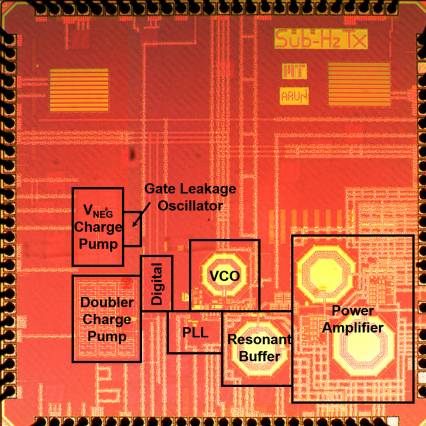MIT Researchers Make New Circuit to Extend Battery Life to a Great Extent


The big theme at this year’s CES was the “Internet of things”, which aims at equipping all your appliances and equipment with sensors and processors to improve the human comfort level. MIT News writes that to realize this dream, we need sensors powerful enough to transmit data to far-off places and consuming less power.
Researchers at MIT have been successful to find a way to make the multicore chips a lot faster than their current speed and extremely low standby power.
Anantha Chandrakasan, a Professor in Electrical Engineering at MIT tells:
“A key challenge is designing these circuits with extremely low standby power, because most of these devices are just sitting idling, waiting for some event to trigger a communication. When it’s on, you want to be as efficient as possible, and when it’s off, you want to really cut off the off-state power, the leakage power.”
Within few upcoming days, this group will present a new transmitter design which reduces the off-state leakage by 100 times. Also, it gives enough power for Bluetooth transmission and longer-range wireless communication.
Also read: NASA Making the “Warp Drive” – Faster than Light Spaceship
Working:
The basic element of a circuit is a transistor whose electrical heads are connected to some Silicon like semiconducting material. These semiconductors are neither very conductors, nor perfect insulators. In the native state, a very good amount of charge is leaked across the transistors. The control over this leakage can result in considerable increase in the battery life.
Chandrakasan, along with his colleagues, have reduced the leakage in idle state by applying a negative charge to the gate. This repels the electrons away from electrical head and makes the semiconductor an improved insulator. To generate this negative charge, researchers have used a circuit called charge pump (a small network of capacitors and switches).
During the active condition, MIT researchers have done something extraordinary and distinguished. In normal conditions, the broadcasted frequency of a transmitter is a function if the voltage applied. Here, researchers have found a way to generate the electromagnetic signal into distinct groups and few of these need higher voltages. To achieve this, the circuit makes use of inductors and capacitors to locally increase the voltage. This results in the overall low voltage requirement coupled with the advantage of high-frequency transmissions.
See our Special category on latest Science development news.
Does this new design of transistor circuits intrigue you? Tell us in comments!
Stay tuned for latest technology news from fossBytes.






